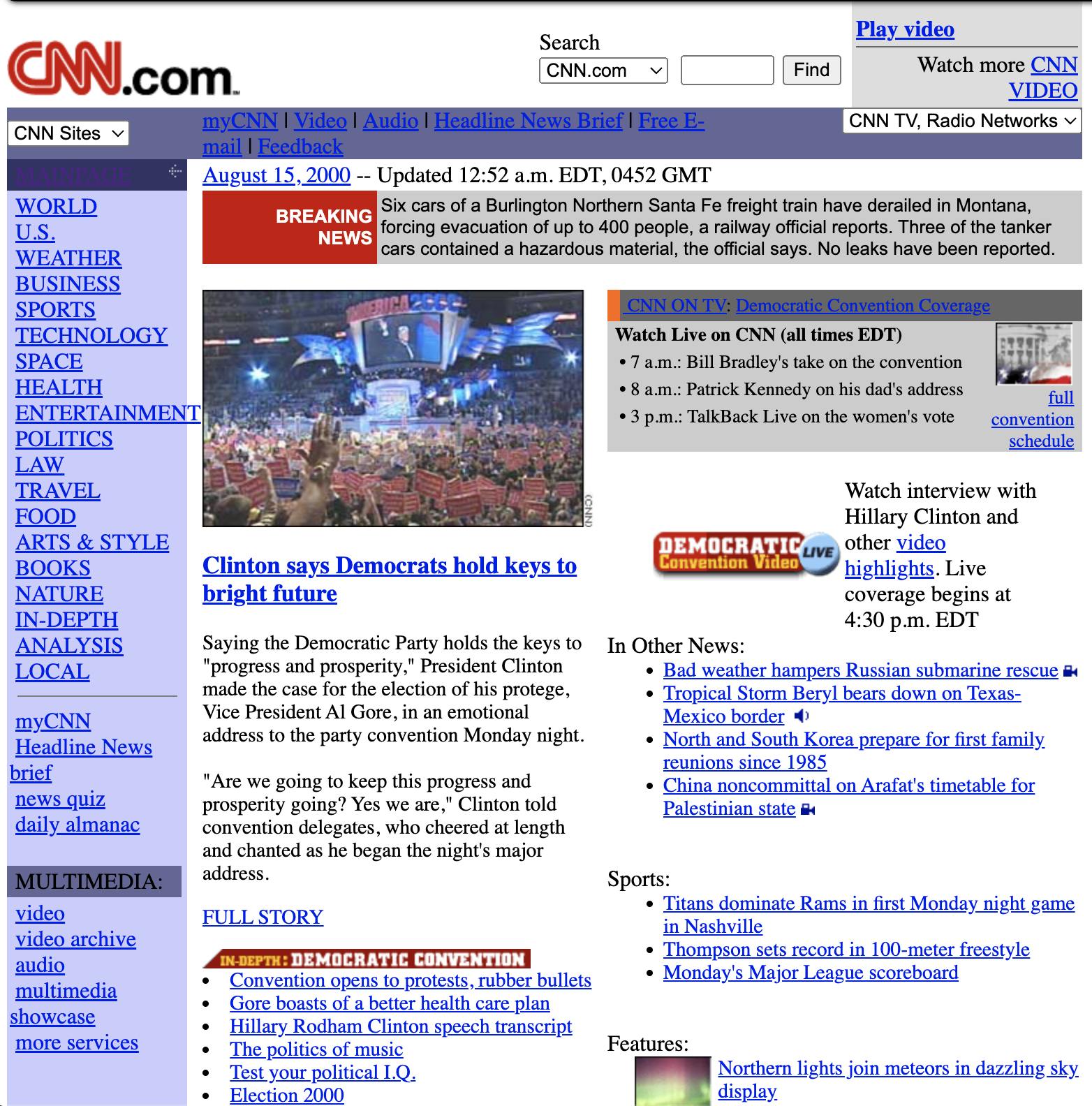Disclaimer
I'm by no means a web3 expert. If there is anything unclear or technically inaccurate, please let me know in a comment!
Chances are, you’ve heard the term “web3” so many times. But what is it exactly? Here’s my no BS article to explain exactly that!
Before we get into web3, though, let’s quickly go over what web 1.0 and web 2.0 are. That’ll give us a bit more context.
What is web 1.0?
It was a system in which most internet content was created by people who were hosting it.
So think about newspaper websites, personal blogs and other things like that. The companies or people that create the content, also host the websites.

What is web 2.0?
Then came web 2.0. This is a newer system in which much of the content on the internet is created by users, but they’re hosted by companies.
For example, on Instagram, users create and upload photos to Instagram. However, they’re hosted by Instagram.
Criticism of web 2.0:
Many proponents of web3 (which I’ll explain soon) criticize web 2.0 for a few reasons.
- Web 2.0 is controlled by a few large companies, and this gives them the ability to remove or censor content they don’t like.
- For the most part, users don’t get to make money even though they supply lots of content to the service providers. For example, Twitter users don’t get paid for tweeting, but Twitter itself makes money by selling advertisements.
So what’s web3?
Web3, some argue, is the next step in this evolution of the internet.
It’s characterized by how:
- It’s decentralized
- Meaning it’s not controlled by a single entity
- Computation is decentralized, and so is data
- So computation & data don’t live on a single server, or a collection of servers owned by a single entity
Because it’s decentralized, it is:
- Much harder to censor. Again, no single entity has 100% control over the network
- Depending on how the network is structured, participants in the network can be paid for contributing to it
Example
- In a web 2.0 version of Twitter, all the data and algorithms are controlled by a single entity - Twitter or whoever owns the company.
- If there is a web3 version of Twitter, all the data and algorithms would be distributed on many, many servers. To control the entire network, one would need to control all of these servers, which would be nearly impossible.
Examples of web3 networks:
- The Ethereum network: ethereum.org/en/developers/docs/networks
- The Solana network: docs.solana.com/clusters There are many other ones, but they’re all based on the blockchain technology, which is the underlying tech for Bitcoin, as well.
Practical applications of web3?
Some of the “practical” applications of web3 are:
- Various cryptocurrencies
- NFTs - they’re basically ownership certificates of things on the internet. With physical things, it’s easy to see who owns it. Whoever has a pokemon card, for example, owns that card. But what if we wanted to show that someone owns a digital pokemon card? An NFT is a way to show that a certain thing belongs to a certain person.
- DAOs - which stand for decentralized autonomous organizations. It's a new type of organization that is controlled by the people who buy its tokens.
Web3 is not without its criticism, and here are a few of them:
- It’s not as “decentralized” as it claims to be, and it still attracts concentration of technology & money.
- It’s inefficient and uses too much computational power & too much energy.
That's the end of this article!
If you enjoyed it, please consider following me on Twitter at @ykdojo.

